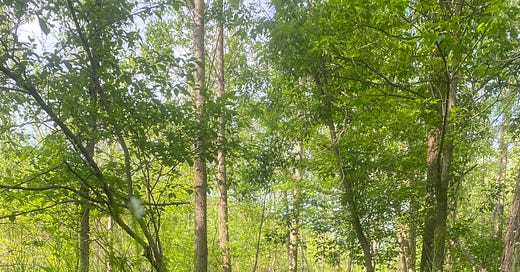A good, law-abiding jaunt in a city park means keeping my feet on the path and my eyes everywhere else. In early May, though, I received sanction to trample a green plot and significantly alter its appearance. As a volunteer with a local nonprofit group, I mowed into a large stand of garlic mustard (Alliaria petiolata) and systematically uprooted individual plants, bundling them and stuffing them into plastic totes.
Garlic mustard, whose first appearance in North America dates to the 1860s, came here from Europe, where it has a long history as a medicinal plant and wild food crop. In Europe, garlic mustard—a member of the cabbage family Brassicaceae—is eaten or otherwise kept humble by several species of insect, none of whom are found in garlic mustard's American range. Without any foes of consequence, garlic mustard fills up our parks and forests, pushing other plants out of the way. In other words, it's invasive.
The phrase "invasive plant" is almost a call to action these days. Invasive plants, we are told, threaten local biodiversity by out-competing native plants, disrupting pollination and herbivory, and generally jamming up the ecological works. And so, out with them. Rip 'em out, chuck 'em out, just get 'em out.
Keep reading with a 7-day free trial
Subscribe to Groundcherry to keep reading this post and get 7 days of free access to the full post archives.




